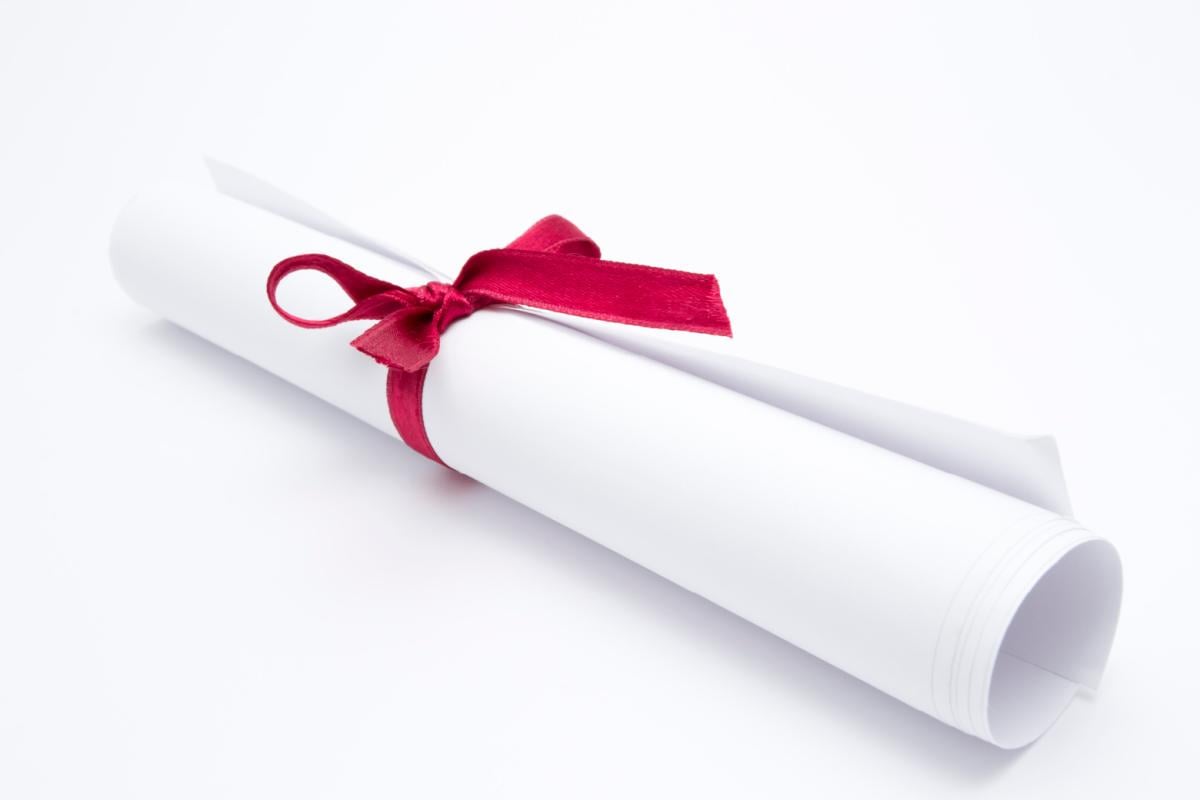Medical school is a launching pad to a career as a physician. No decision a medical student makes will affect where that career leads to more than picking a medical specialty.
There are some important questions and criteria surrounding that decision. One of those key questions pertains to timing. One medical school faculty member and dean offered advice about when a student should pick a specialty.
The preclinical years: Keep your mind open
The first and second year of medical school, typically the years during which students are doing their preclinical training, are a time to keep your mind open to possibilities, according to Lindia J. Willies-Jacobo, MD, senior associate dean for admissions and equity, inclusion and diversity at Kaiser Permanente Bernard J. Tyson School of Medicine.
“We find that students come into medical school thinking they want to pursue a particular career without having truly explored it,” said Dr. Willies-Jacobo, who has been working with medical students for more than a decade. “It’s really amazing how many students will change their career path as a direct result of doing a much deeper dive into it.”
As far as students who don’t have a specialty in mind, “the majority will come in truly not knowing. Some will come in thinking they know, then there is that five or 10% percent that know they want to be the thing, a pediatrician, a neurosurgeon, and they stay the course.”
Core rotations give solid sample size
Clinical clerkships are the most patient-facing time a medical student is likely to get. These rotations tend to take place following the completion of the preclinical curriculum, traditionally during the third year of medical school.
Lasting between four and eight weeks, at most schools, the core clinical clerkships consist of internal medicine, surgery, obstetrics and gynecology, pediatrics, family medicine, psychiatry, neurology and radiology.
“They have an opportunity to engage in clinical settings those first two years, but a deeper level of engagement happens during the third year of medical school,” said Dr. Willies-Jacobo.
Your clinical clerkship may serve to reinforce your specialty choice, if you happened to be leaning one way, or expose you to something new.
Subinternships can be final factor
With residency applications for most students going out in the fall of year four, most students pick a specialty at the end of their third year of medical school.
For students who are still deciding, subinternships—advanced rotations that typically take place after the core clerkships have been completed at a hospital affiliated with your training institution—offer one last chance to get specialty exposure before sending out applications.
“Subinternships allow students to work in a more autonomous way,” Dr. Willies-Jacobo said. “Most subinterns will work similarly to the way an intern would work. They are fairly independent in their engagement with the stations. In that autonomy and being in that role in a pretty intense way is a way in which students can use that[experience] to settle on a specialty.”
Taking an extra year
Some students who are truly undecided will apply to more than one specialty. Dr. Willies-Jacobo advises against that. Instead, she is seeing more students take an extra year—often to pursue an additional advanced degree or a research project—while they pick their physician career path.
“I often will sit in my office with my student and have them put on paper the reasons they are attracted to one specialty versus the other,” she said. “There are times students decide for themselves they will take an additional year to figure it out.
“I don’t think there’s one approach that every student should utilize. Doing that legwork and putting it on paper can help. Sometimes exploring a field a bit more can be the secret sauce” to making a decision, Dr. Willies-Jacobo said.
Avani Patel, MD, is now a psychiatry resident at the University of Mississippi Medical Center in Jackson, Mississippi. Torn between two specialties during her fourth year of medical school, she decided to withdraw from the Match, delay graduation, and take an interim year to pursue a Master’s in Health Care Administration degree before beginning residency.
“I wanted to go through the Match and graduation because that’s what everyone in my class was doing,” Patel said. “But I needed to take this time and learning opportunity for myself to make sure of what I really wanted.”
Once the pressure was off, Patel elected to pursue psychiatry as a specialty.
“One thing I’ve learned is that having this time of being away from patients and clinical care, it made me realize I do want to be a physician more than anything,” said Patel, who graduated this past spring and began residency in July. “Although this past year has been very fulfilling, none of it matters without the patient care. I’m excited about residency, and I know I’m in the right mind-set.”




